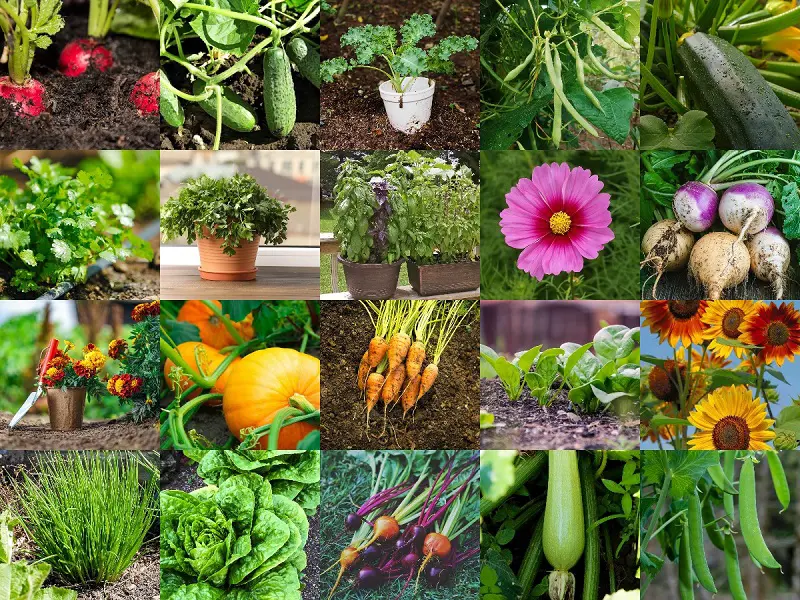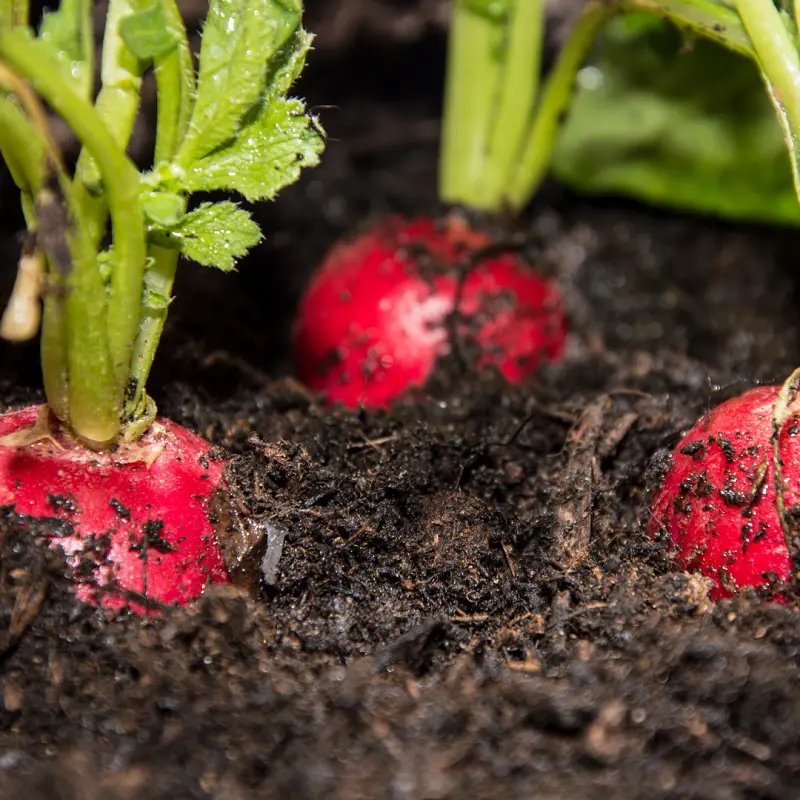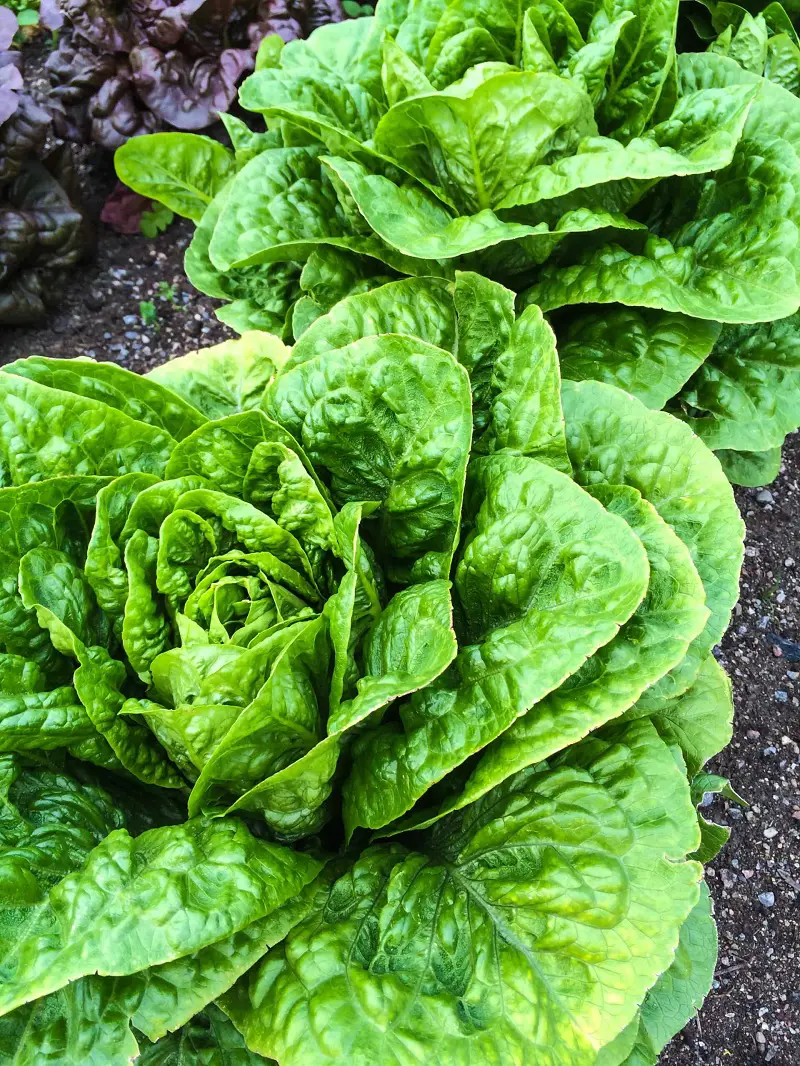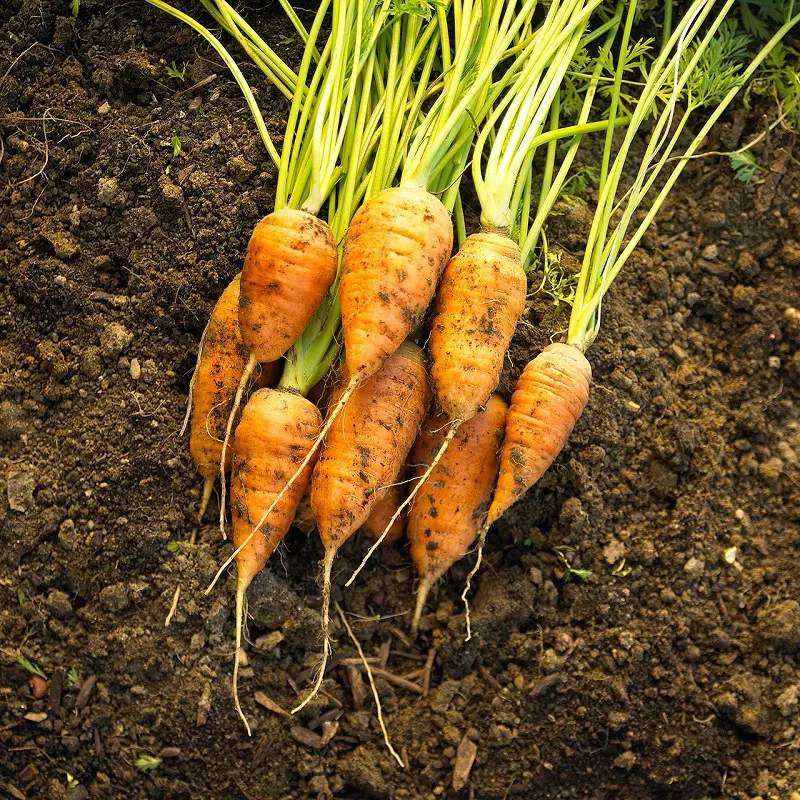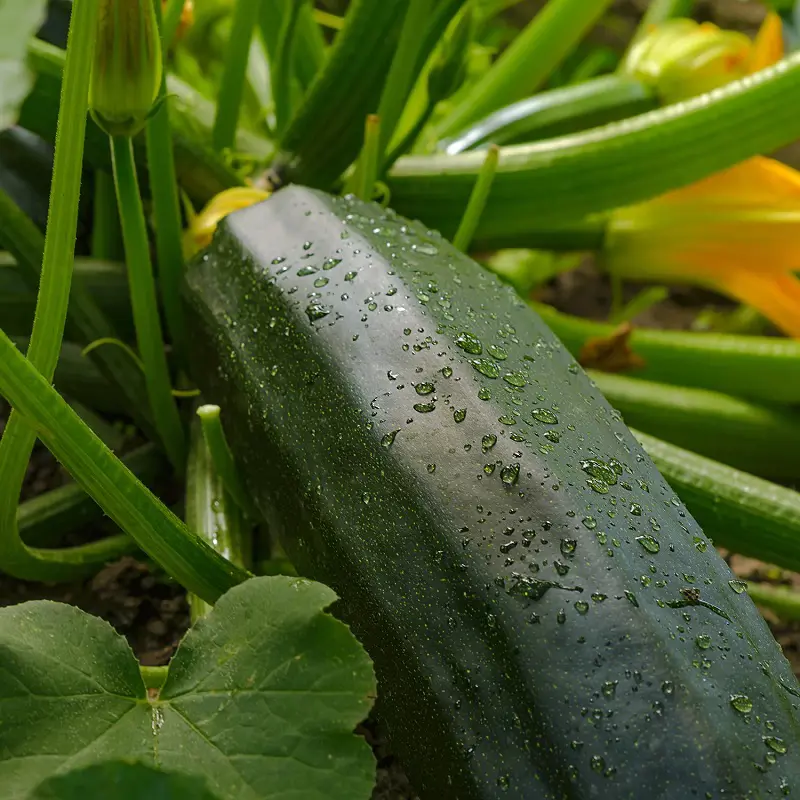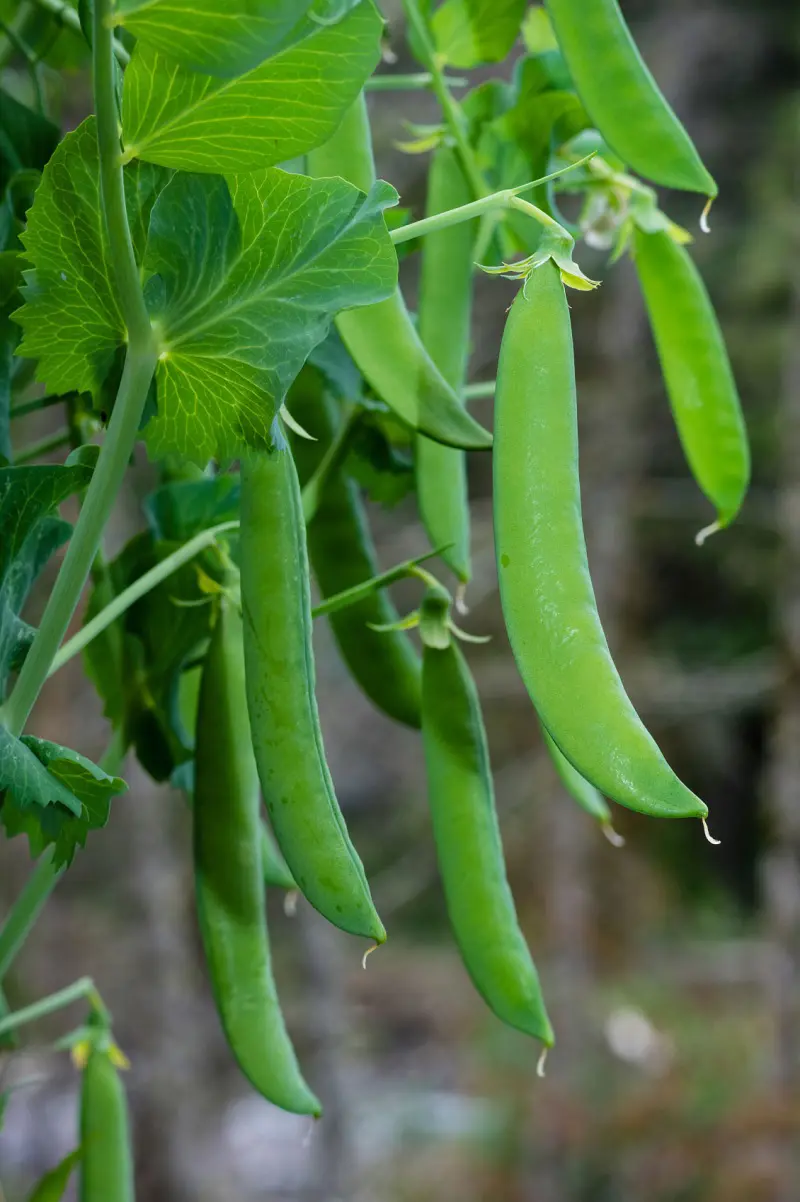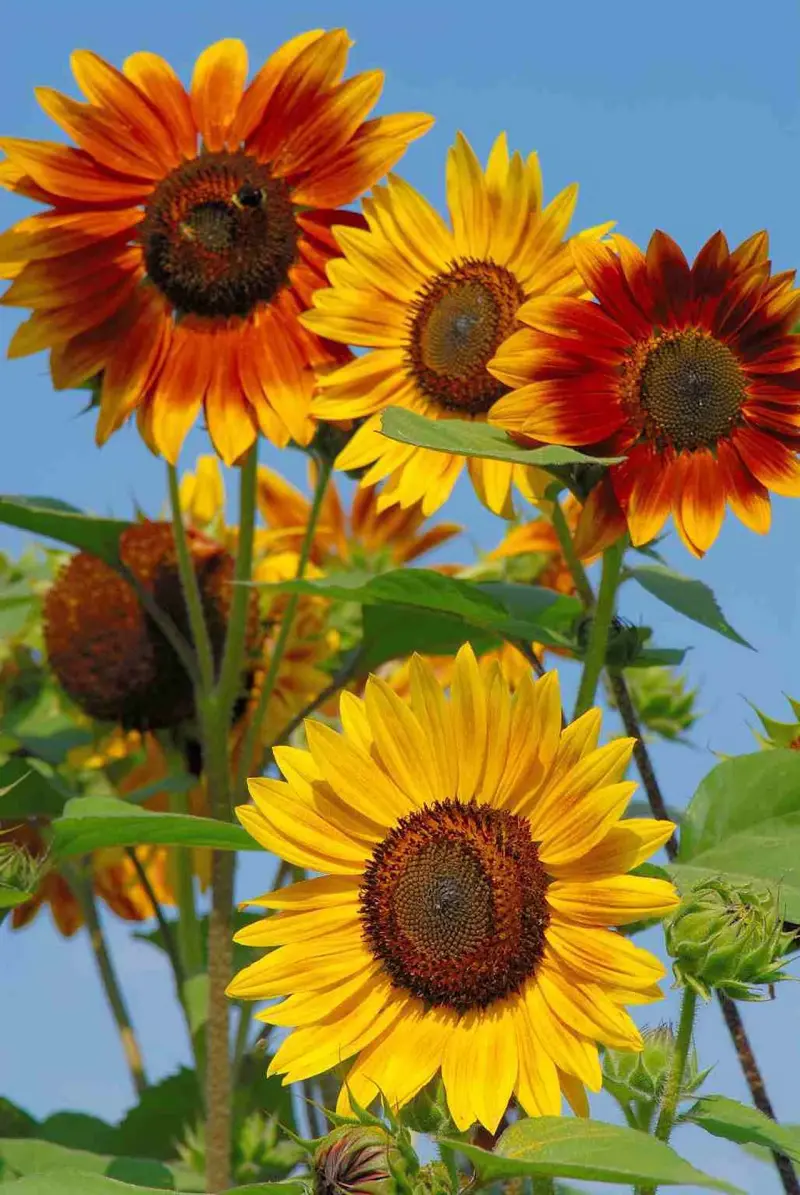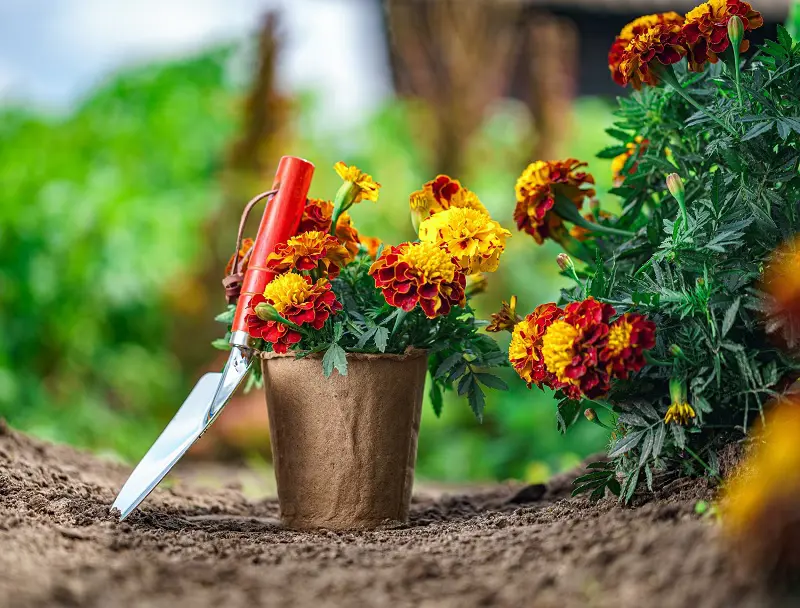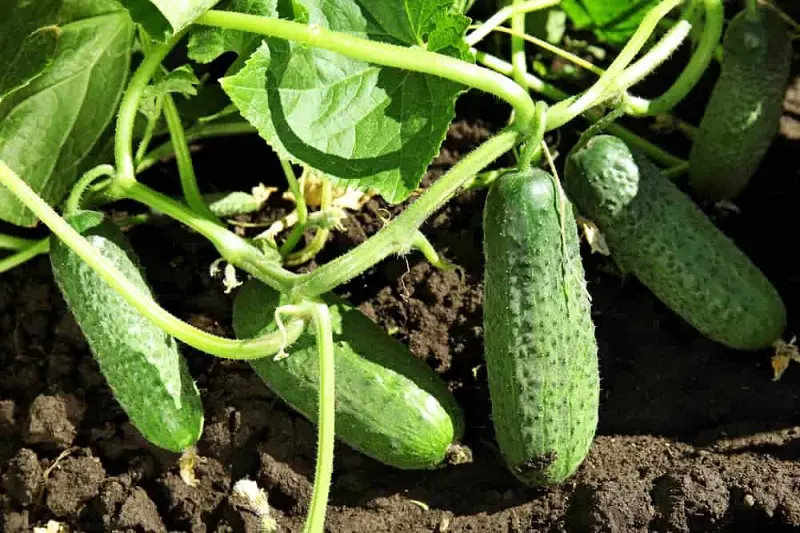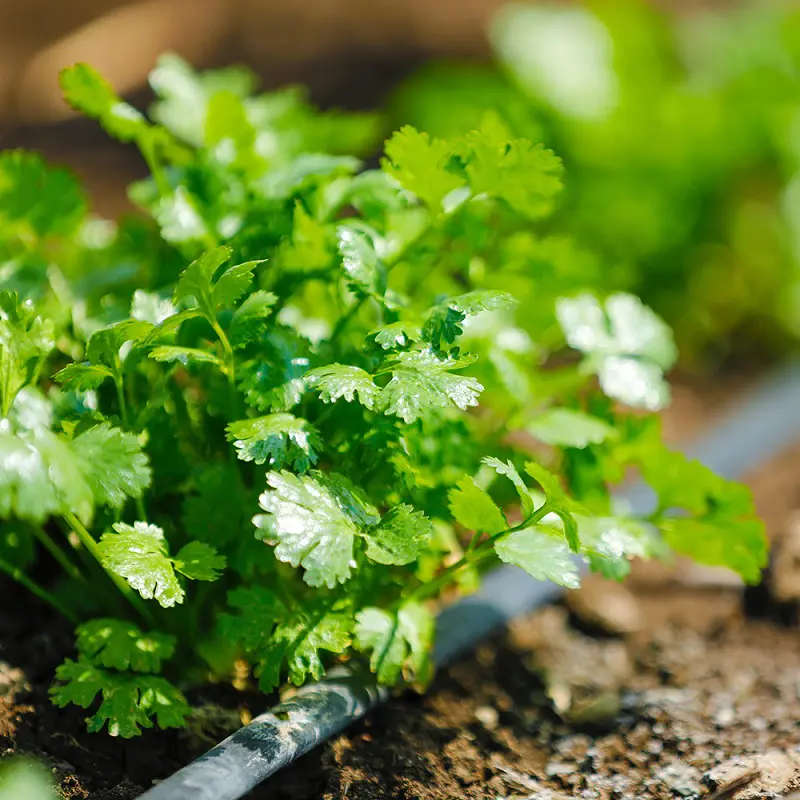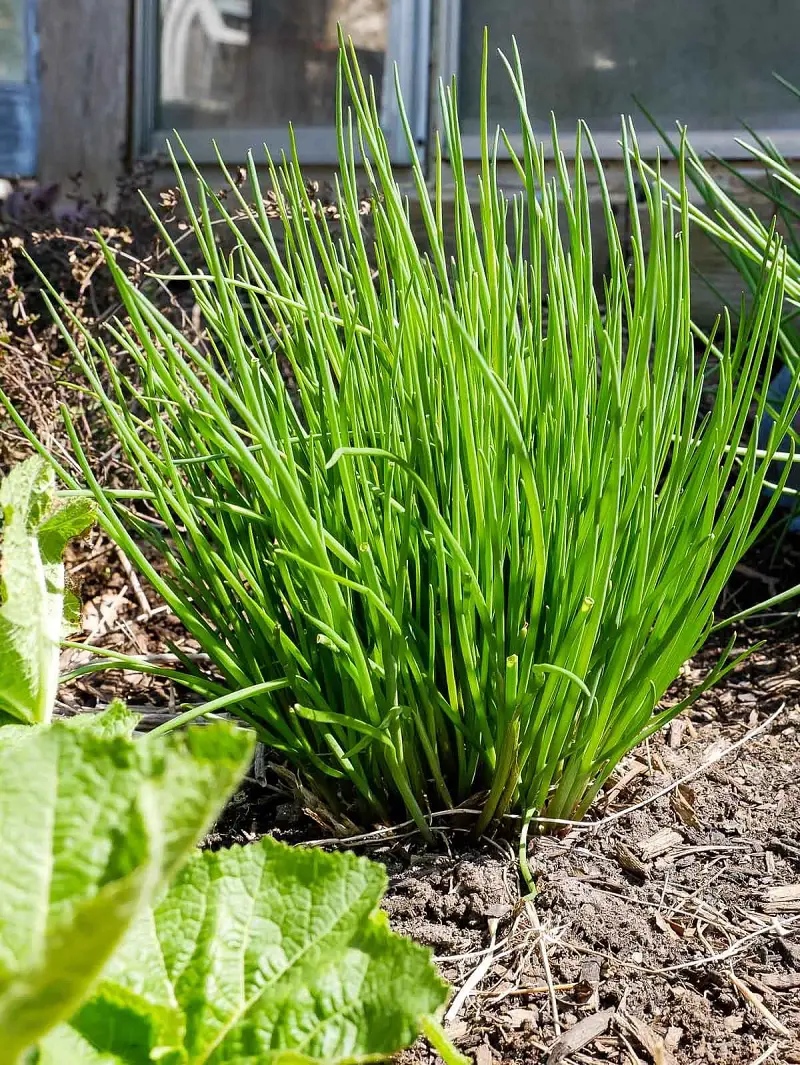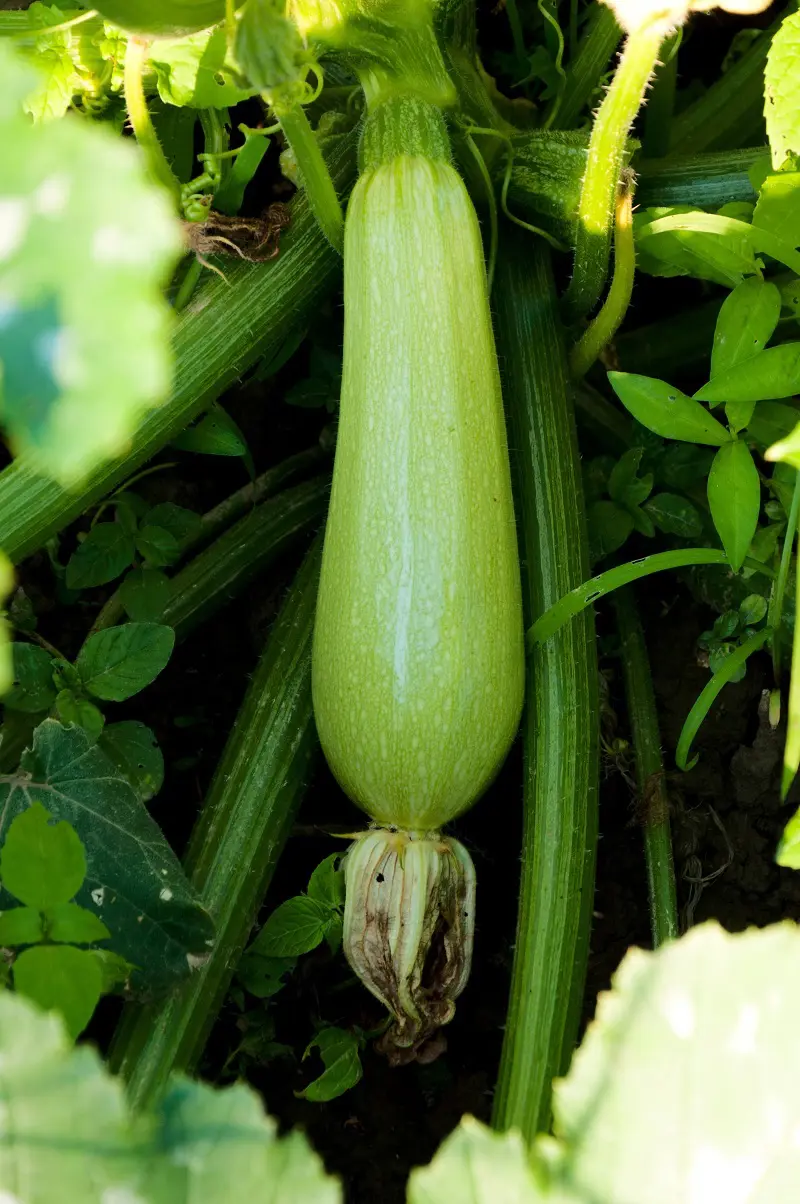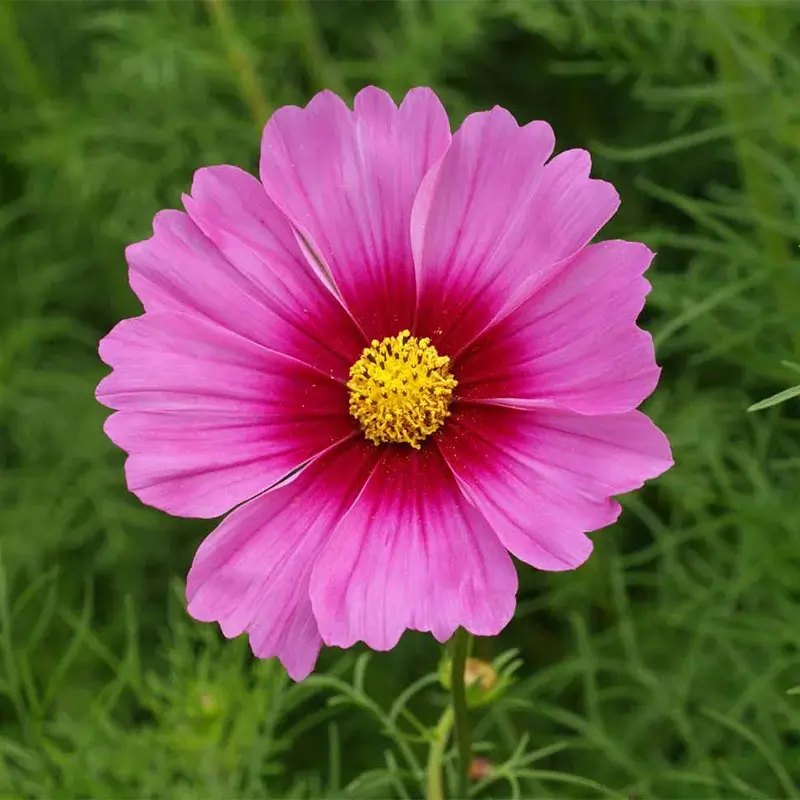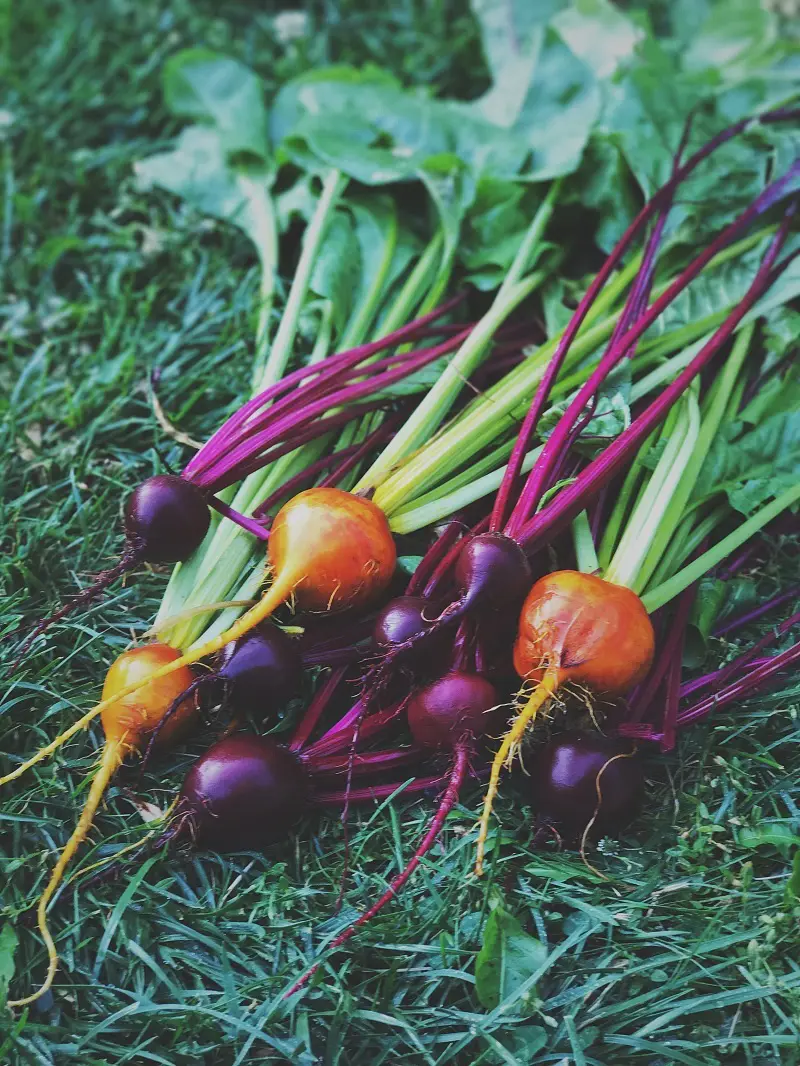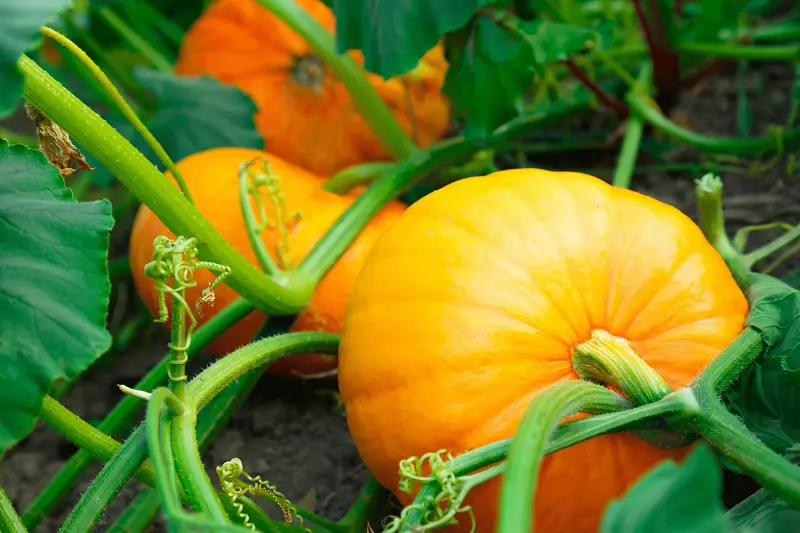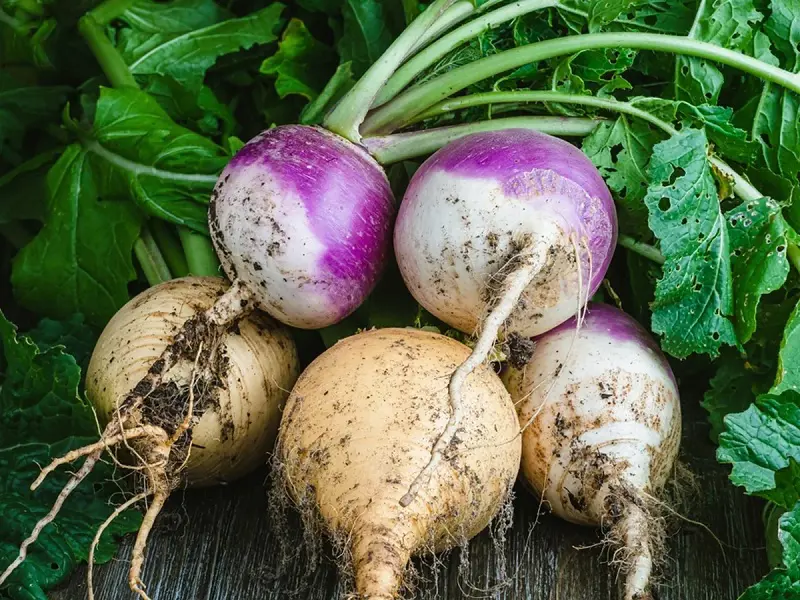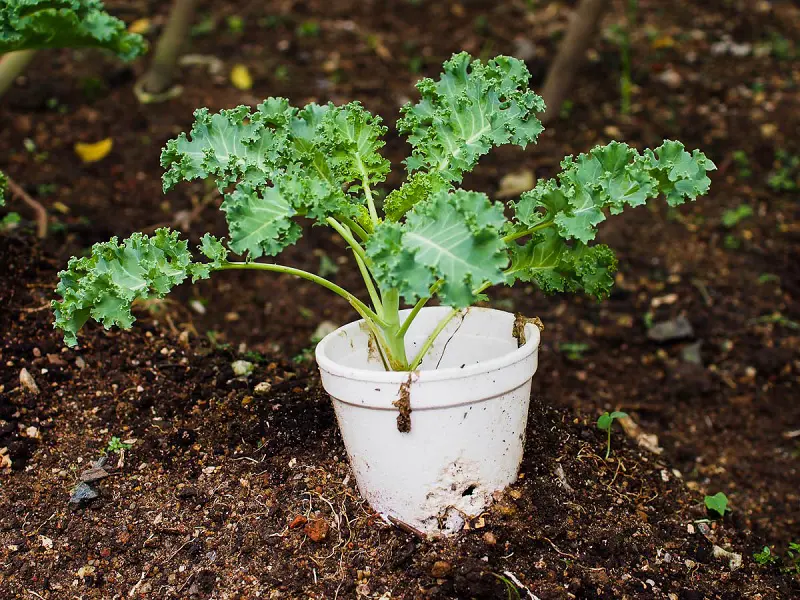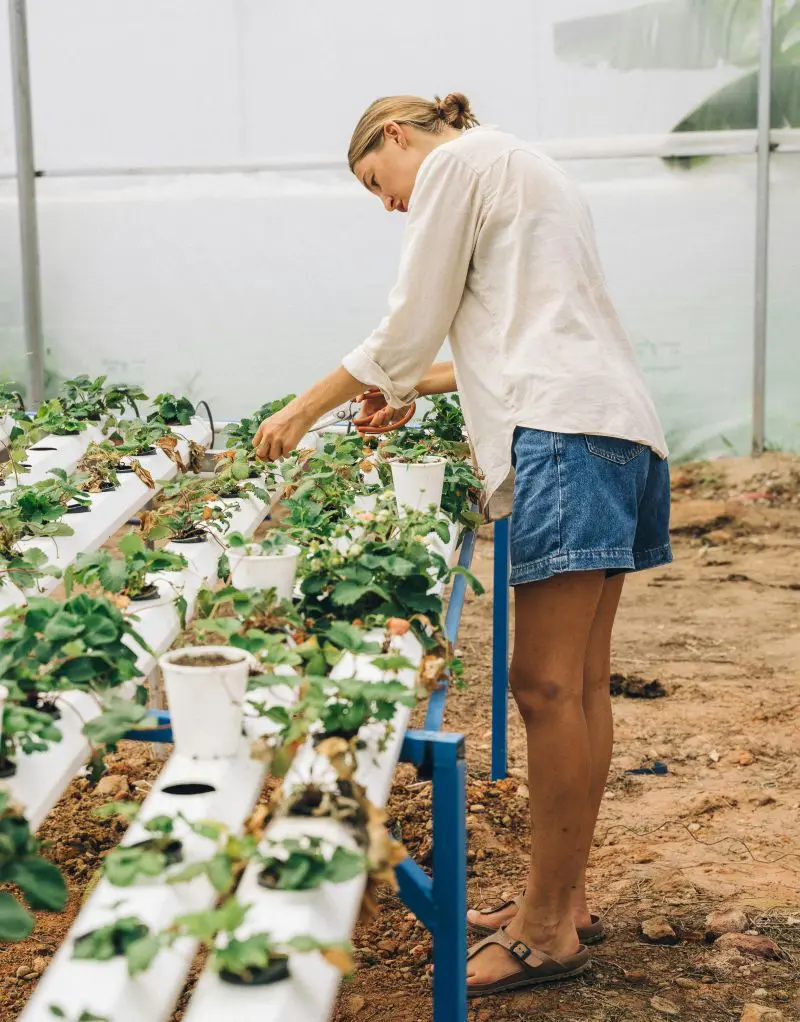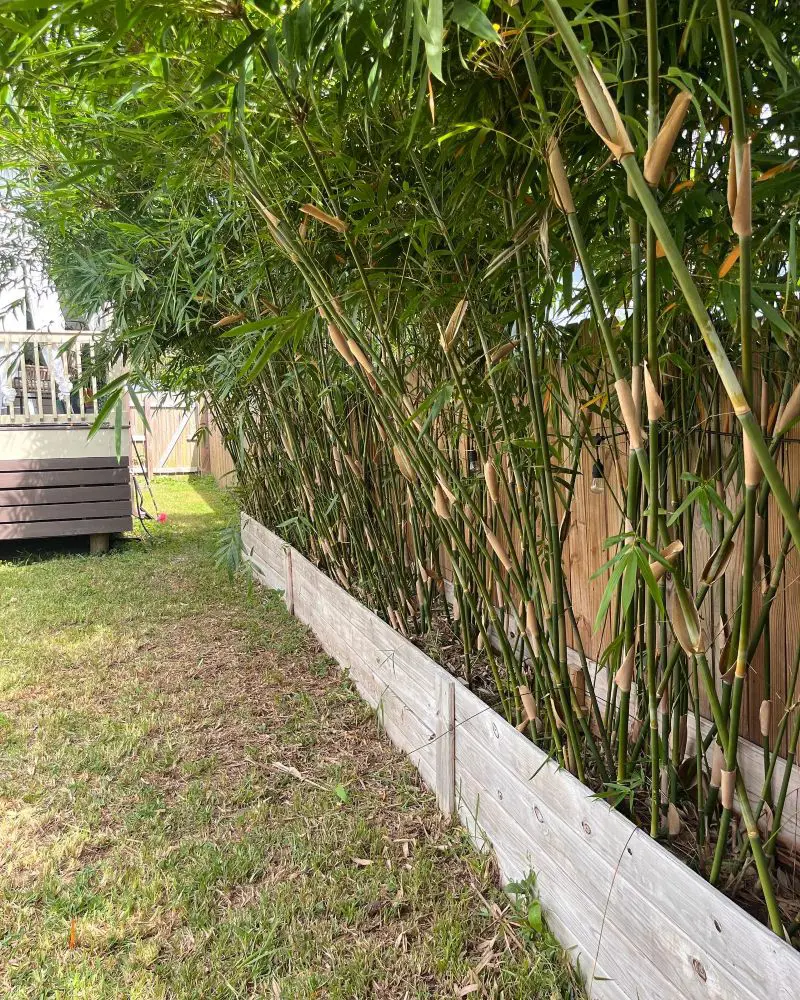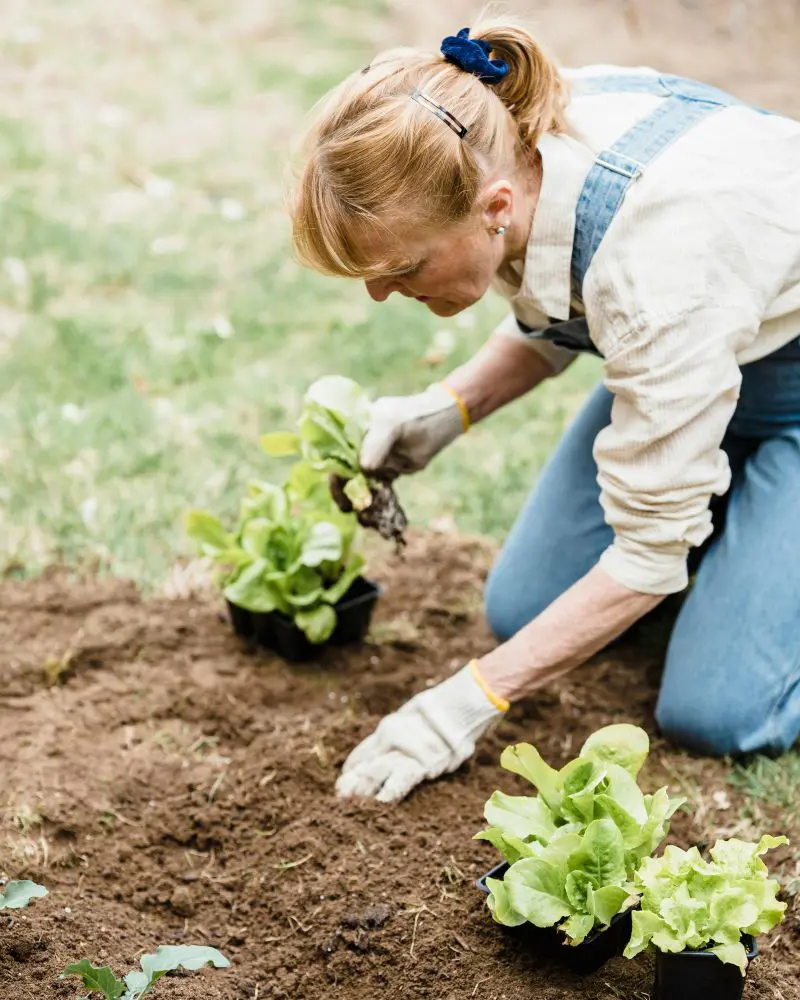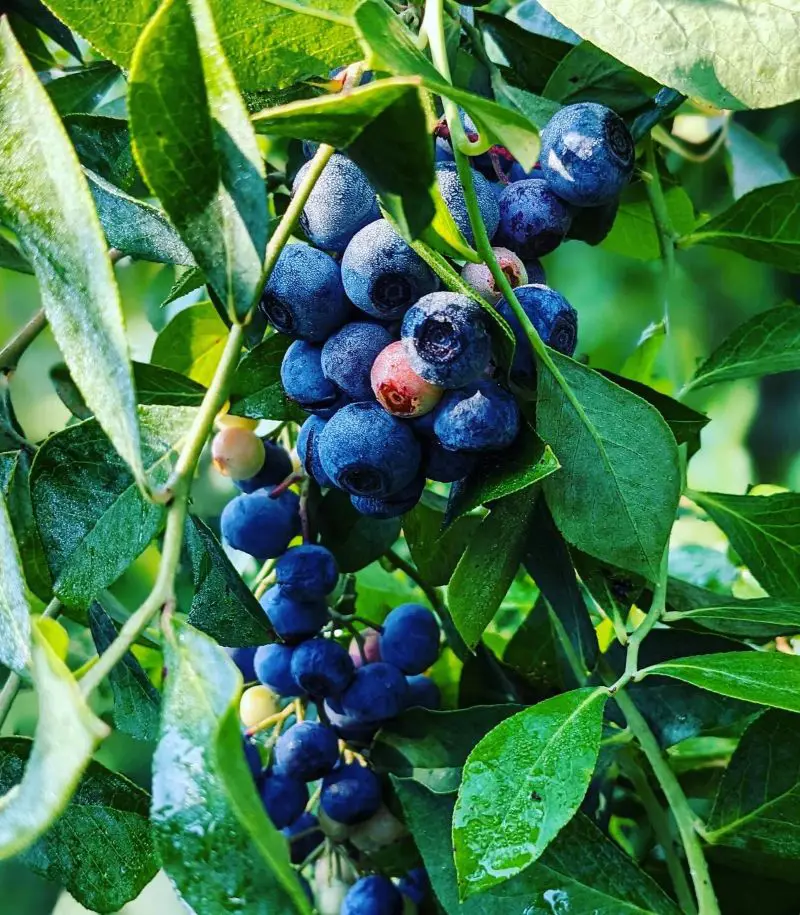Things to Consider Before Choosing Seeds
Before exploring the list of the 20 easiest seeds to grow for beginner gardeners, consider a few key factors that can significantly impact your gardening success.
These considerations will help you select the best seeds for your specific environment and ensure a more enjoyable and fruitful gardening experience.
-
Climate and Growing Zone: Understanding your local climate and USDA hardiness zone is crucial. Some plants thrive in cooler temperatures, while others prefer warmer climates. Choosing seeds suited to your region will improve the likelihood of healthy growth and bountiful harvests.
-
Sunlight Availability: Different plants require varying amounts of sunlight. Assess the amount of sunlight your garden or growing area receives daily. Whether you have full sun, partial shade, or full shade, selecting seeds that match your light conditions is essential for plant health.
-
Soil Quality and Preparation: The type and condition of your soil play a significant role in the success of your garden. Some plants thrive in rich, loamy soil, while others are more tolerant of sandy or clay soils. Testing and amending your soil, if necessary, can help provide the ideal growing environment.
-
Watering Needs: Consider how much water your selected plants will need and how often you can water them. Some seeds grow into drought-tolerant plants, while others may require consistent moisture. Matching your watering capacity with the plants' needs will prevent under- or over-watering.
-
Space and Garden Size: Take into account the amount of space you have for your garden. Some plants grow compactly, while others can spread out and require more room. Choose seeds that fit well within your available gardening space to avoid overcrowding.
-
Time and Commitment: Different plants have varying growth cycles and maintenance requirements. If you have limited time, opt for seeds that grow quickly and require minimal care. Conversely, if you're willing to invest more time, you can choose plants that might need extra attention.
-
Purpose of the Garden: Decide what you want to achieve with your garden. Are you looking to grow fresh vegetables, create a colorful flower garden, or attract pollinators? Your goal will guide your seed selection to match your desired outcomes.
-
Pest and Disease Resistance: Some seeds are bred to be more resistant to pests and diseases, making them ideal for beginners who want to avoid common gardening challenges. Selecting these resilient varieties can lead to a more successful and stress-free gardening experience.
By considering these factors, you’ll be better equipped to select seeds that will thrive in your specific conditions, setting the stage for a flourishing garden.
Starting a garden can be an exciting yet daunting task for beginners. Choosing the right seeds is crucial to ensure a successful and enjoyable gardening experience.
Here are 20 of the easiest seeds to grow, along with essential considerations, tips, and must-know facts to help you get started.
